Quality - the root of all problems
Less than 2 years after being officially licensed for official import by China, durian Vietnam has become the "king of fruits". There was a time when this product brought in hundreds of millions of dollars each quarter.
However, in the first quarter of this year, the durian industry witnessed a long slide. Durian volume export only over 26,800 tons, down more than half compared to the same period last year. The turnover also plummeted 61%, reaching only about 98 million USD. China - the main consumer market of Vietnamese durian - reduced imports by 78%. Even in the first month of this year, the amount of Vietnamese durian exported to this country was only 3,500 tons, less than 1/5 compared to the same period last year.
Early May, when durian In the new harvest season, the price of Ri6 durian in the Western provinces has dropped sharply to only about 25,000 VND/kg - a rare low. Paradoxically, traders are still indifferent and not interested in buying, forcing farmers to display durian along the national highways, selling while waiting for buyers in a state of insecurity and imminent loss.
The reason is that China has discovered residues. Cadmium and industrial colorants gold O Inspection on Vietnamese durian should be tightened, this causes the customs clearance process to be prolonged, hundreds of containers are returned, the reputation of Vietnamese durian is severely affected.
To develop a sustainable industry, it is necessary to find the cause and thoroughly handle the problem of durian being contaminated with Cadmium and the industrial colorant yellow O.
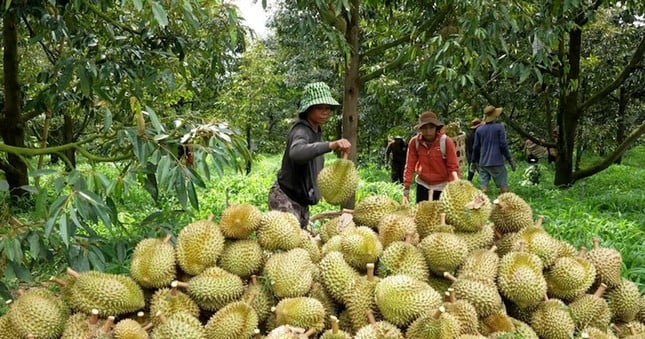
Mr. Vo Tan Loi - Chairman of the Durian Association of Tien Giang Province - said: "Vang O is an industrial colorant used in some places to dip durian segments after harvest, instead of using turmeric powder as before. Although many businesses have stopped using it, residue can still stick to old equipment and tools in the factory if they are not replaced or cleaned thoroughly."
With Cadmium, the problem is even more difficult. Cadmium is one of the very few elements that are not beneficial to the human body. Cadmium and its compounds are extremely toxic. This is a substance that can exist in the soil due to long-term fertilization with fertilizers containing heavy metals. Scientists have stepped in and confirmed the phenomenon of Cadmium contamination in durian soil, mainly due to old fertilizers accumulated over the seasons.
"For new durian gardens, if you do not use fertilizer containing Cadmium, the possibility of soil and durian being contaminated with this substance is very low. But for old gardens, to eliminate Cadmium in the soil, it may take 1-2 years. Although there are some solutions to improve the soil, this is a long-term process and not easy to implement," Mr. Loi added.
Mr. Dang Phuc Nguyen - General Secretary of the Vietnam Fruit and Vegetable Association - affirmed: "The most important thing to do now is to control the quality of durian from the root, ensuring the quality of the fruit before harvesting. On the other hand, people need to be more proactive in ensuring the quality of the product, not too dependent on businesses or management agencies. To do that, in addition to raising people's awareness, it is also necessary to socialize services. "Inspection, expand more inspection rooms in durian growing areas".
Long road brings sweet fruit
A durian tree needs at least 3-5 years to grow and produce fruit steadily (with high-yield varieties), each sweet ripe durian fruit is a long journey of care by the farmer. However, whether those sweet fruits reach the hands of consumers and bring profit to the farmer is something worth pondering.
The decline in durian exports is not only a matter of quality but also clearly reflects the consequences of an unsustainable development process. In fact, the recent durian price fever has led to a wave of massive expansion of planting areas in many localities. Many unsuitable lands have also been converted to durian cultivation despite warnings from the agricultural sector. This rapid development makes fruit quality uneven, difficult to control pests and diseases, and especially difficult to meet the strict export standards of demanding markets.
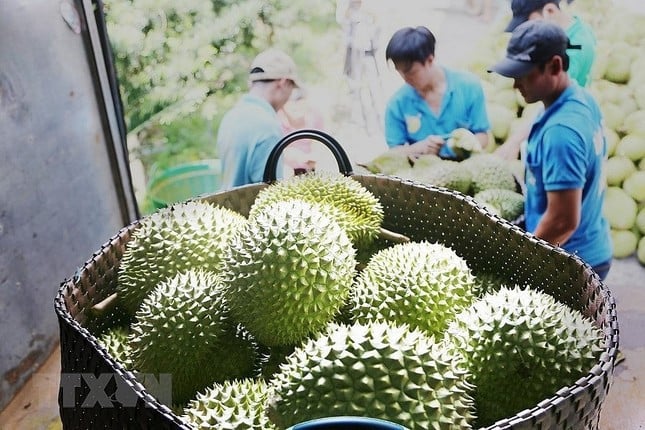
Mr. Huynh Tan Dat - Director of the Department of Crop Production and Plant Protection, Ministry of Agriculture and Environment (MARD) - affirmed: Vietnam needs to soon have appropriate planning measures to prevent rapid development in area, and at the same time build standard production, packaging and preservation process.
An important step that the Ministry of Agriculture and Rural Development is also promoting is decentralizing the management of growing area codes and packaging facilities to local authorities. When local authorities have the initiative, quality monitoring will be more flexible, closer and more timely. This will help limit the risk of a series of durian batches being rejected due to a few weak links in the supply chain.
In addition, the industry needs to proactively reduce its dependence on the Chinese market, aiming at more demanding markets such as the European Union (EU), South Korea, Japan and the US. However, to conquer these markets, Vietnamese durian must meet standards in quality, cultivation and preservation processes, and especially traceability.
Another direction that is being encouraged is to invest in processing technology. Products such as frozen durian, frozen split durian, dried durian, etc. can take advantage of raw materials that do not meet fresh export standards, while expanding market share in new markets. This is a strategy to increase value and create stability for the industry.
From a potential industry, Vietnamese durian is facing the risk of being eliminated from the game if it does not change in time. The returned shipments are not only an economic loss but also a warning for the entire value chain. It is time for the durian industry to slow down, strengthen production, tighten quality control and build a close link between farmers - businesses - management agencies. Only when "clean from the root", can Vietnamese durian be truly sweet for a long time, maintaining its position in the hearts of international consumers.
Source: https://baoquangninh.vn/cam-canh-sau-rieng-chi-khi-sach-tu-goc-moi-thuc-su-ngot-lau-3356974.html






![[Photo] National Assembly Chairman Tran Thanh Man attends the VinFuture 2025 Award Ceremony](/_next/image?url=https%3A%2F%2Fvphoto.vietnam.vn%2Fthumb%2F1200x675%2Fvietnam%2Fresource%2FIMAGE%2F2025%2F12%2F05%2F1764951162416_2628509768338816493-6995-jpg.webp&w=3840&q=75)
![[Photo] 60th Anniversary of the Founding of the Vietnam Association of Photographic Artists](/_next/image?url=https%3A%2F%2Fvphoto.vietnam.vn%2Fthumb%2F1200x675%2Fvietnam%2Fresource%2FIMAGE%2F2025%2F12%2F05%2F1764935864512_a1-bnd-0841-9740-jpg.webp&w=3840&q=75)
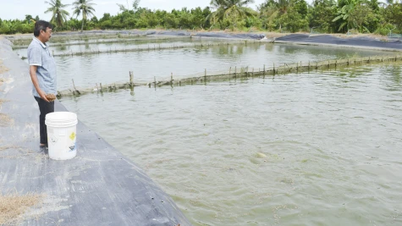

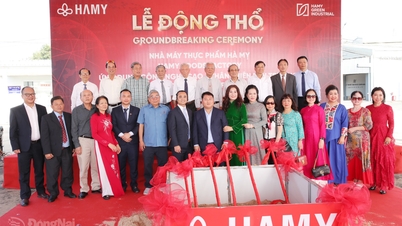



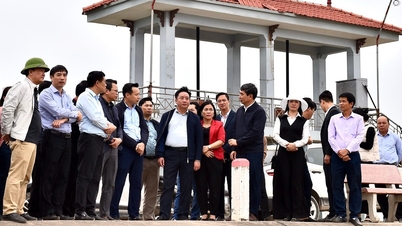









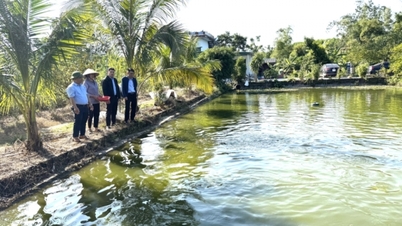
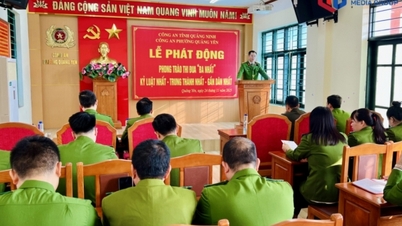
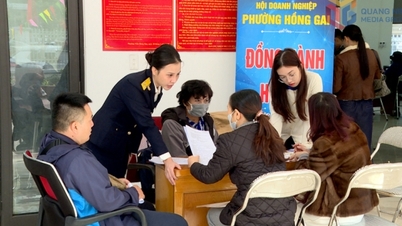






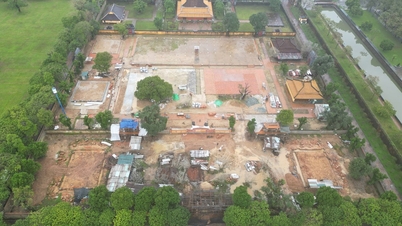







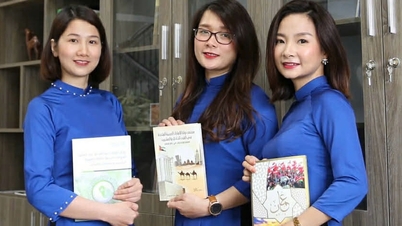








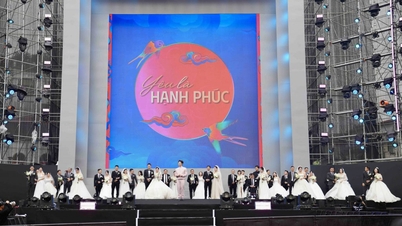












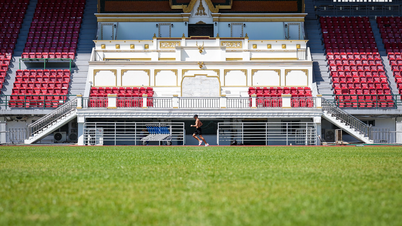

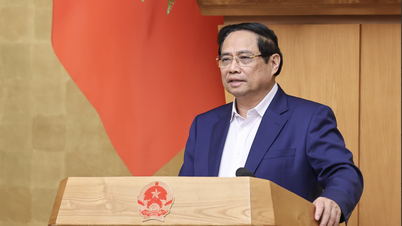

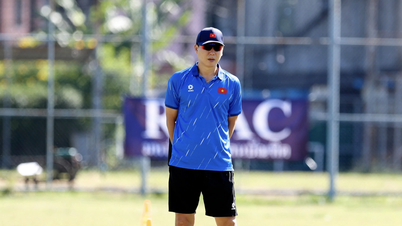
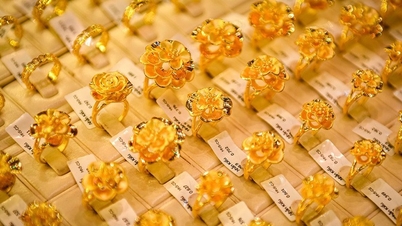





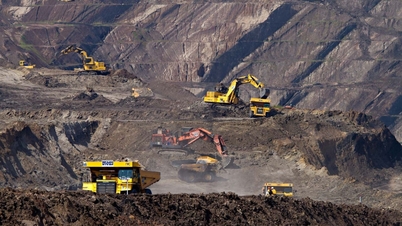







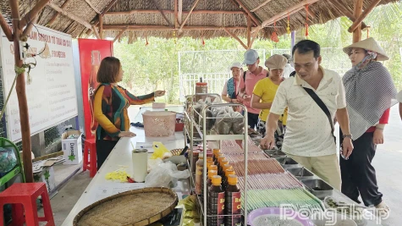
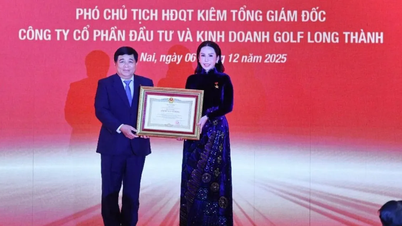
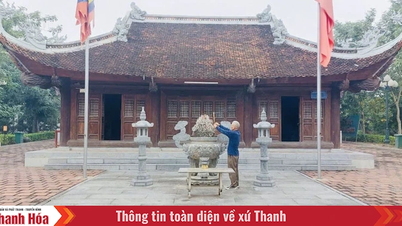
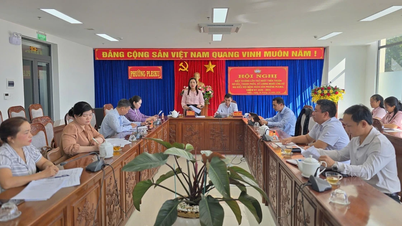










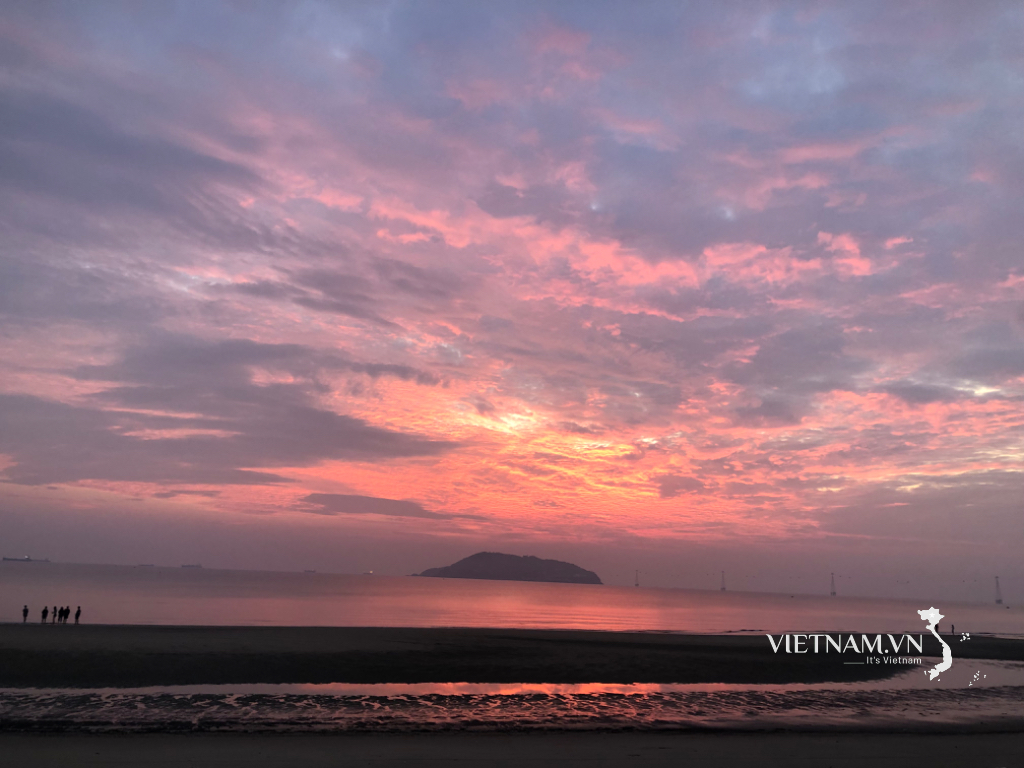







Comment (0)